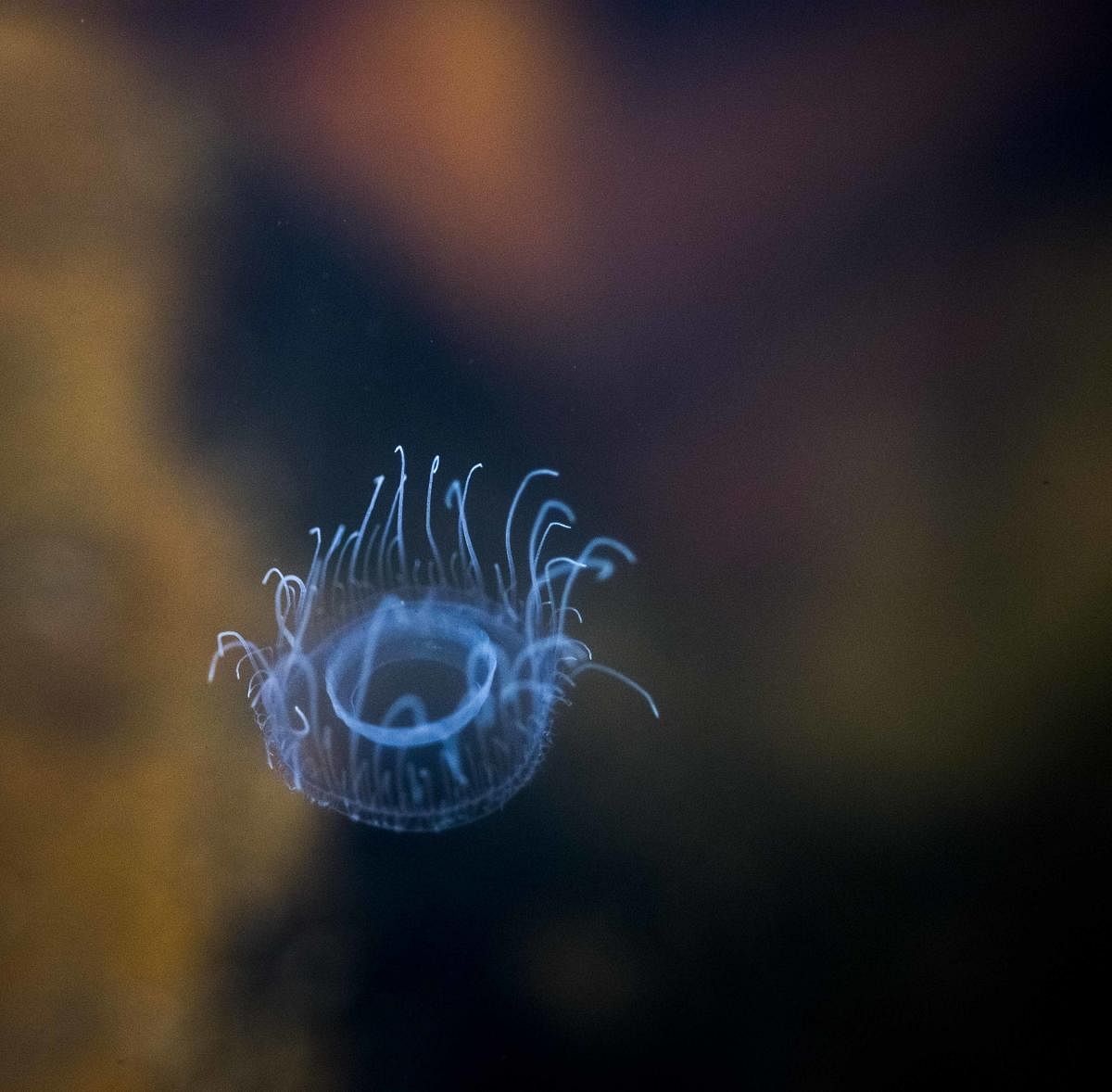

A chance meeting with Joshua W Barton at the Jungle lodges Galibore proved to be a fortuitous incident. In the course of a long conversation under a sky glittering with stars and the Cauvery gently lapping the banks, I got to know the reason behind why this American has been living in India for more than 20 years, making Bengaluru his hometown. Joshua spoke about his love for wildlife, his fascination with the Cauvery, his documentation of the river, his photographs that have featured in many journals and commemorative volumes of Jungle Lodges, his fondness for otters and his desire to distil everything he has learnt about the river into a book as his offering to Cauvery.
Tell us about your fascination with Cauvery.
I have always been interested in freshwater. While I became very experienced with ocean environments as I got older, my first interactions with aquatic life as a child were with freshwater, and something felt more inviting about it — it is the water that sustains us, that we drink. So, when I first came down to the Cauvery when I moved to India in 1995, visiting a fishing camp that used to exist near Galibore, its energy, the life it supports, were very powerful sensations.
When did you start documenting it and how do you document it?
I started shooting along the Cauvery in 2000, helping a scientist who was writing her doctorate on otters. At first, I was shooting wildlife around the river; later, after I bought underwater camera equipment for my ocean photography, I first ventured into the Cauvery around 2013. I use a digital SLR inside a special waterproof housing. The technology has improved vastly. The ability to capture extremely fast-moving fish in exceptionally low light would not have been possible a decade ago. Even now, the improvements of just the last year or two have led me to re-shoot images for quality I could not achieve before. It pushes my timelines for completion of work further back, but I am sure that it is worth it.
Take us through some of the spots where you have photographed the river. What made these memorable to you?
I really enjoy an area downstream from Bheemeswari, where small rivulets meander under the shade of huge ficus trees. The shallow waters of these streams are crystal clear and, while lying still in the water for long periods to let the small fish gather around, one becomes part of the environment rather than a noticeable invader. Birds move about more freely, shy animals that stay hidden when people pass through come out and forage and play — I have even had snakes sun themselves on my back as if I were a rock in the stream. Other favourite spots are the rapids downstream from Sangam.
What is the secret behind your fantastic photographs?
I think about the shots I want long before I take them. I research everything from animal behaviour, to weather, to phases of the moon to plan where, when and what I am going for. I learn new ways to use my cameras. And I get equipment — special lenses, high-speed strobe systems which enable me to capture images that I want.
Do you think documenting and sharing knowledge about the river system will help in devising a better conservation approach? What changes and challenges have you witnessed in your years of documenting it?
Awareness is only helpful. In the years that I have been working on the project, new species have been identified, most importantly the humpback mahseer, Tor Remadevi, has been identified as a unique and critically endangered species. The precarious situation of this fish has made it a driver and an abettor of conservation efforts. My underwater imagery has helped in identifying the emergence of many species considered extinct as these have often been the first images captured. This helps in building public awareness and in devising conservation strategies. It is nice to see the images being used by researchers and conservationists. I have helped and benefited photographically from research on otters, fish species, and Cauvery’s amazing freshwater jellyfish. During the time I have been shooting on the Cauvery, I have seen increased threats — from pollution to the catastrophic plans to put a dam at Mekedatu to incredibly positive developments, like the presence of tigers in the area after 100 years!
What prompted you to write a book on Cauvery?
The motivation was simply to share the beauty of the river — to try and show the incredible life that it supports. The book has evolved in form and purpose. From being a taxonomic guide, to a nature book, it has become more about capturing a natural place in an artistic, expressive perspective — to help people appreciate the mystery, wonder and uniqueness of this river.
Has documenting Cauvery changed you in any way?
The Cauvery for me encapsulates the dichotomy of human activity and the struggle we face as a civilisation: we still and always will depend on the natural world that we destroy and have still not found a balance despite our knowledge of the consequences. The challenges the Cauvery faces has made me acutely aware of this dilemma. The prospects are daunting. The news is usually depressing but the perseverance and the beauty of the river provide solace to revive a bit of hope in all of us.